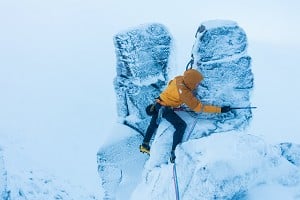
Making use of Gore's new PFC-free technology, this is an interesting lightweight mountain shell, says Dan Bailey - and one that treads that bit lighter on the planet, too. But is he entirely sold on the cut..?
In recent months we've looked at a number of shells featuring a new version of Gore-Tex, ePE, in which the fabrics, membrane and durable water repellent (DWR) finish are all made without perfluorinated chemicals (PFCs/PFAS), a class of substances that can have a big impact on the environment and health. While other PFC-free jackets we have reviewed to date are arguably a bit more generalist in feel, Patagonia's Super Free Alpine Jacket puts Gore's ePE fabric into a more technical climbing shell.
As the name suggests, this shell is designed primarily for Alpine mountaineering. It's an activity that demands a lot of clothing, particularly if you stretch the definition of Alpine to include Scottish winter - the primary use to which most climbing-oriented jackets are likely to be put in the UK market. For their high-end climbing shells, many brands continue to use the well-established Gore-Tex Pro, which has a proven track record in terms of weather performance, breathability and durability. Gore Pro will be going PFC-free in a year or two, but meanwhile how does the PFC-free ePE measure up? In most respects it's good, and the lower environmental impact has to be considered a big win; but the switch away from PFCs does still have a downside - about which, more below.
Weight and robustness
The new ePE has a higher strength-to-weight ratio than previous Gore membranes, allowing for a material that's lighter and thinner, yet just as robust. This is evident in the Super Free Alpine, which weighs just 450g in size L - pretty light for a full-spec mountain shell (by comparison my chunkier ME Tupilak is 500g).
Super Alpine vs Triolet
Rob recently reviewed the Patagonia Triolet:
An 'alpine workhorse', the Triolet (£390) features a more heavyweight 75D polyester face fabric and a durable tricot backer, besides a notably lower price. By contrast the Super Free Alpine has a much thinner 40D nylon fabric, and a C-Knit backer that offers slightly higher breathability, making it more a 'fast and light' mountain shell. Given that this fabric package costs more to produce, it's no surprise that the jacket comes with a price tag in inverse proportion to its weight.
On an every-gram-counts Alpine mission this lightness is going to be a big plus. For a fast-moving Scottish hill day it's also an advantage, and for kinder weather when you might not always need to be wearing it, the packability is obviously great. However, it's (work) horses for courses, since the more burly Triolet, or something in bombproof Gore Pro, would both look like better choices for regular mixed climbing and general winter mountain abuse.
Gore-Tex: ePTFE, ePE and PFC-Free DWR Treatments - what's it all about?
When discussing the pros and cons of the new technology it may help to know a bit of background about what Gore-Tex actually is, and how it works. We'll look at the fabric as an actual user in the review below, but if you want more in-depth analysis behind the acronyms then it's worth reading our recent article on the subject:
The shift from Gore's hitherto-ubiquitous ePTFE material to ePE (expanded polyethylene) has been a long time in development, coming in response to a growing demand for PFC-free products, and in anticipation of changes to regulation. Patagonia has committed to making all its shells PFC-free by 2025, and Gore-Tex are working on a similar timescale towards eliminating PFCs of Environmental Concern from the life cycle of its consumer fabrics.
The result of this long process is a completely new membrane. Complementing this, Gore have developed PFC-free DWR, the treatment applied to the outside of waterproof clothing. They have also raised the bar in terms of using more sustainable materials, with both the backer and the face fabric of ePE jackets being 100% recycled.
Fabric - what's it like in use?
Most critical from a staying dry perspective, the ePE membrane has the same very high hydrostatic head as Gore's ePTFE membrane, meaning it's equally suitable for the wettest weather. No rain is getting through this jacket!
Add in typical Scottish winter mountain ming, however, and the lightness of the Super Free Alpine's face fabric becomes a mixed blessing: Once the wind, sleet and spindrift get going, that soft, thin, 40D fabric just doesn't offer the same feeling of armoured protection you'll get in a burly heavier-weight shell. It's tough for its weight, thanks to being made with nylon rather than polyester, but in a Scottish context I do think the Super Free Alpine is arguably at its best on fair-to-middling days. You never want to be without a shell, after all, but even in Scotland there are occasions when you don't need an 80 denier Gore Pro fortress. Carried in your pack it's not going to add much weight: but if the crap does hit the fan, then the Super Free Alpine is still a fully-specced mountain shell, and will definitely do the job.
In terms of breathability, we've found the new crop of ePE shells stand up very well when clean and fully proofed. When working hard on the uphills, the Super Free Alpine Jacket feels as comfortably un-sweaty as any shell I've used, and in that respect I think it'd be ideal for strenuous alpine or winter climbing.
However, dropping the PFCs does hit the performance in one major way. While they're significantly less harmful, a drawback of PFC-free DWRs is that their effectiveness wanes faster. Like many new shells these days, the surface layer of the Super Free Alpine is prone to wetting out in prolonged rain, something that was apparent even after just a few uses. A saturated face fabric will compromise a shell's ability to breathe, so while it remains waterproof from the outside you may start to feel damp and clammy on the inside - not ideal.
Washing and re-proofing has always been essential for maintaining the performance of a waterproof jacket. In the old days you could get away with doing this very infrequently, but with PFC-free shells we've found it needs done after every couple of decent uses in order to maintain the sort of performance we might have taken for granted with a planet-killing fluorocarbon-laden shell. And don't neglect a spin in a warm tumble drier: this works wonders for rejuvenating the DWR.
Even if you're using an environmentally friendly product such as Nikwax or Grangers, the energy use (and, these days, cost) of very many wash and reproof cycles over a garment's lifespan is at least an open question. However the key point - not filling the world with more PFCs - does represent a big advance, and a step that the industry really needs to take. As PFC-free becomes the new norm, it's probably fair to say that user expectations will simply have to adapt to its limitations.
Fit
Patagonia have clearly put thought into both the choice of fabric and the features, but to me the tailoring feels less refined. This will partly be a personal fit thing, and since we all come in different shapes and sizes it's always worth judging the fit for yourself. As you'd expect from a mountaineering shell, it's sized to slip easily over several midlayers - in fact the slightly boxy 'regular' cut leaves me with quite a lot of spare room in my standard size L. I think a lightweight shell like this could benefit from a sharpened-up athletic sort of trim.
Hem length is pretty decent, coming well below the waist and with a bit of a drop at the rear to help cover the top of the bum. There's a small cut-out on the sides, which is supposed to make high steps less restricted, but I don't think it makes any difference and I've never found a hem getting in the way of my climbing anyway.
Sleeve length is fairly generous, with a differential cut at the cuff to provide a bit of extra protection to the back of the hand. There's enough room to pull the cuffs over a gauntlet, while the simple hook and loop tabs give a tight seal at the wrist. For additional protection Patagonia have added internal stretchy wrist gaskets. Perhaps these do help keep spindrift and rain out, but they also have a niggly tendency to tug at the sleeves of midlayers when your arms are raised. On balance I'd rather not have them.
A more fundamental issue for me is the tailoring of the sleeves. I find the cut of the arms a bit restrictive on a bent elbow, but worse than that is the sheer level of hem lift. When I raise my arms, the jacket rides far up, exposing my midriff and instantly pulling out of a harness. Even on a walk I've sometimes found the hem creeping up, particularly when it's blustery. This is clearly a fit thing, but may also be in part down to the hem drawcords. These are a little skimpy, and do not extend right around the front of the jacket, and as a result you don't feel battened-down and protected from the elements in quite the way you might in a chunkier shell. I do like the Cohaesive sewn-in drawcord adjusters, every shell should have those.
Let's emphasise that the hem rise is my own experience, and that it may not be a problem for someone shaped differently; but for me it's sadly a deal breaker for a climbing shell, more or less relegating the climbing-oriented Super Free Alpine Jacket to walking days only.
Features
With water-resistant zips, the two external pockets are sufficiently large for an OS map or bulky gloves, and positioned high enough to access when wearing a harness or rucksack hip belt. Inside is a zipped phone pocket and two stretchy drop pockets, good for stashing gloves on a belay. You get a one-way main zip (for me that's fine, I rarely if ever use a second zipper on a shell), plus water-resistant pit zips.
Hood
Spacious enough to fit a climbing helmet, with no limit to head movement, the hood lives up to the jacket's climbing remit (not always the case with shells!). Its three points of adjustment bring the fit in nice and snug on a helmet-free head, though the brim does tend to hang over the top of your field of vision a bit. The laminated peak helps keep rain and spindrift out of your eyes, and has enough structure to hold its shape in high wind - again, not a given with every hood design.
Two additions set this hood apart. First is an inbuilt RECCO reflector. Perhaps this is chiefly a benefit to skiers, but since it weighs nothing it's a safety feature well worth having. Less conventionally, the hood features an insulated internal gasket. Designed to keep wind and cold at bay, this works particularly well over a helmet, helping everything hold its shape. However on a bare head I'm less sold. Of course it's great when the wind starts biting; but a lot of the time it just seems to result in a too-hot forehead. Even in the Alps or a Scottish winter you're not always battling serious cold, and not getting too sweaty when on the move is often more the concern. Top marks to Patagonia for trying something different, but I for one would prefer to keep my shell and insulating layers separate.
Ethics and environment
The big story is obviously ePE; but there's more besides. When it comes to corporate responsibility in the outdoor industry, Patagonia has been a trailblazer. Since 1985 they have pledged 1% of turnover to the preservation and restoration of the natural environment, to date donating over $200 million in cash and in-kind donations to grassroots environmental groups.
The Super Free Alpine Jacket features Bluesign-approved, recycled fabrics, and it's made in a Fair Trade-certified factory. Patagonia guarantee that if a product is damaged - no matter how old - they'll repair it for free, without even asking for proof of purchase.
Summary
While there's not always a lot to differentiate one shell from its rivals, the Super Free Alpine Jacket is an interesting departure from the norm. The price tag is a bit staggering, but these days sadly this is standard among top-end waterproofs. Very breathable, and boasting a couple of novel additions, it's a fully featured mountain shell at a minimalist sort of weight - less a knockabout workhorse, more a lightweight thoroughbred. Unfortunately I've struggled with the fit, which on me results in some serious hem lift; but you'll only know if that's an issue if you try it on for yourself. The move to PFC-free fabric is essential from an environmental point of view, but it does entail a change in mindset on the part of users; if you don't wash it, a lot, then your ePE shell simply won't perform at its best. All brands buying Gore products will eventually start using PFC-free membrane and DWR in their technical climbing jackets, so kudos to Patagonia for making this change early.
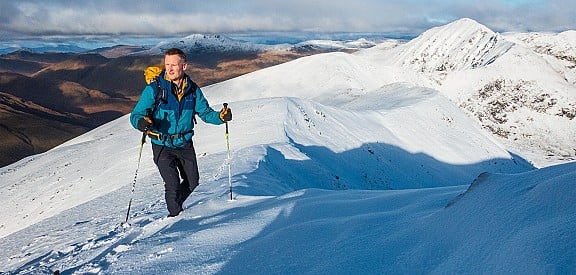


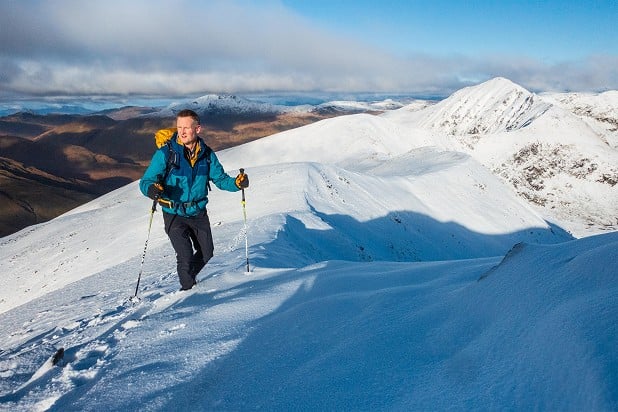
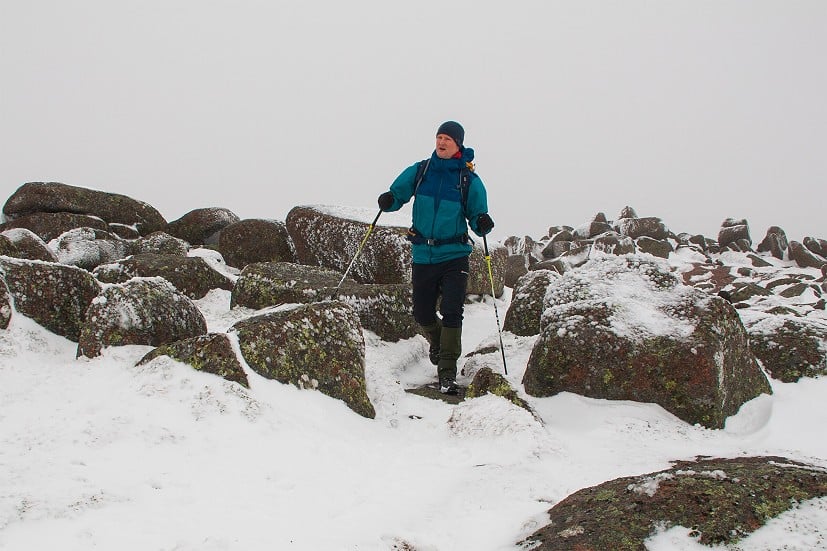
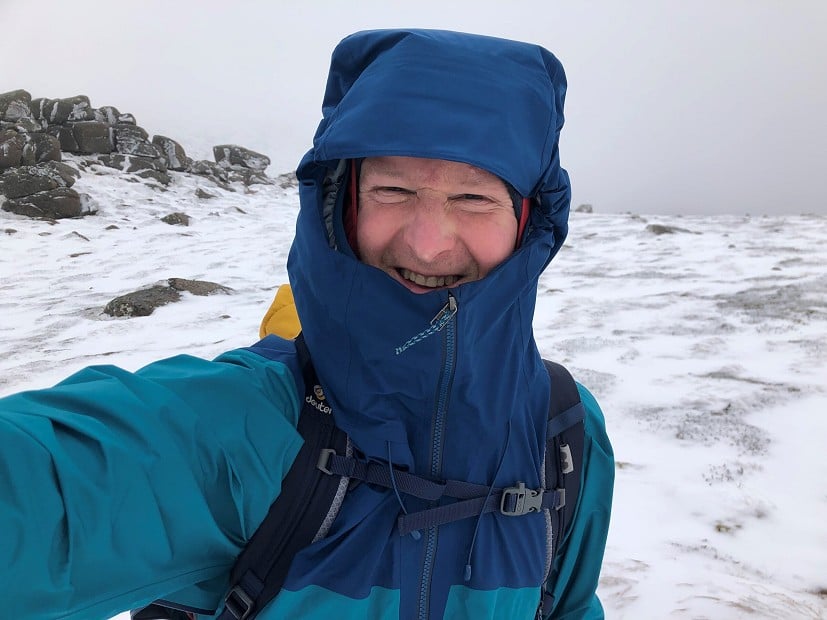
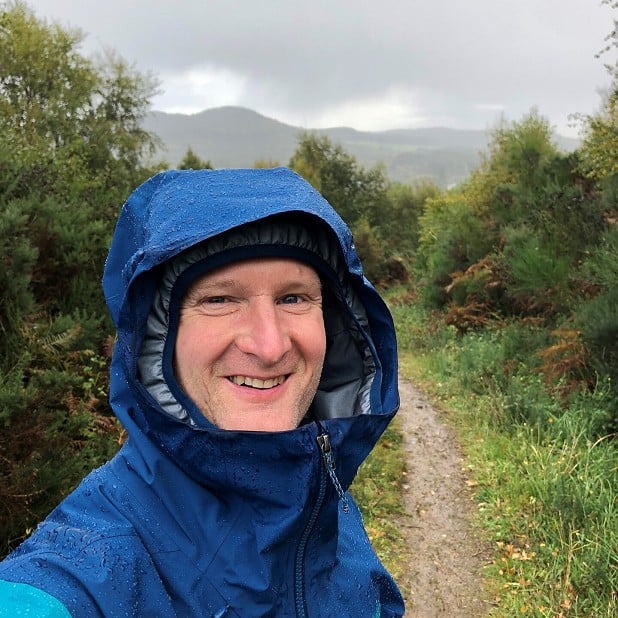
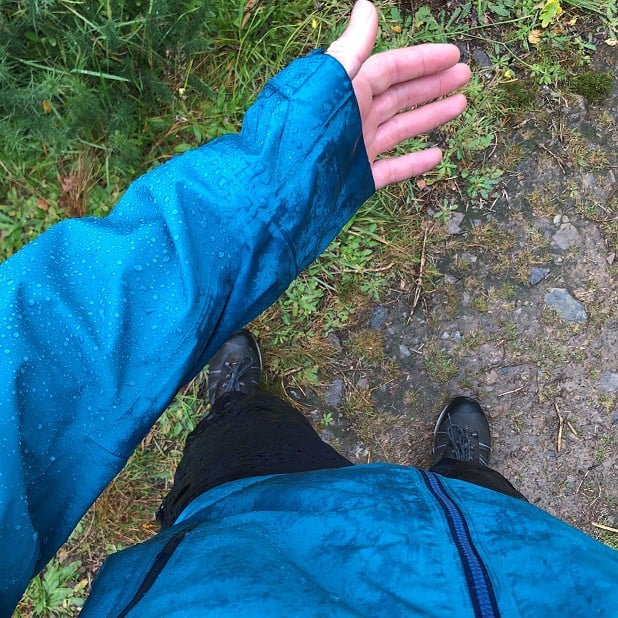
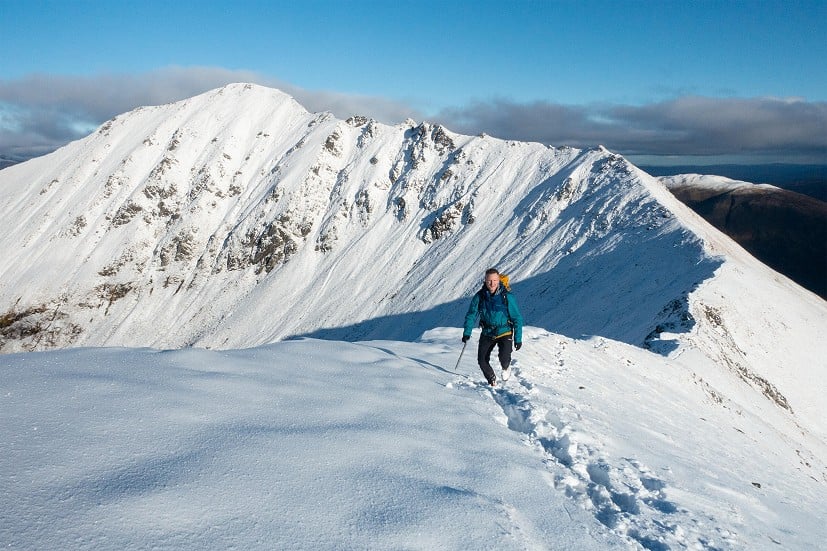

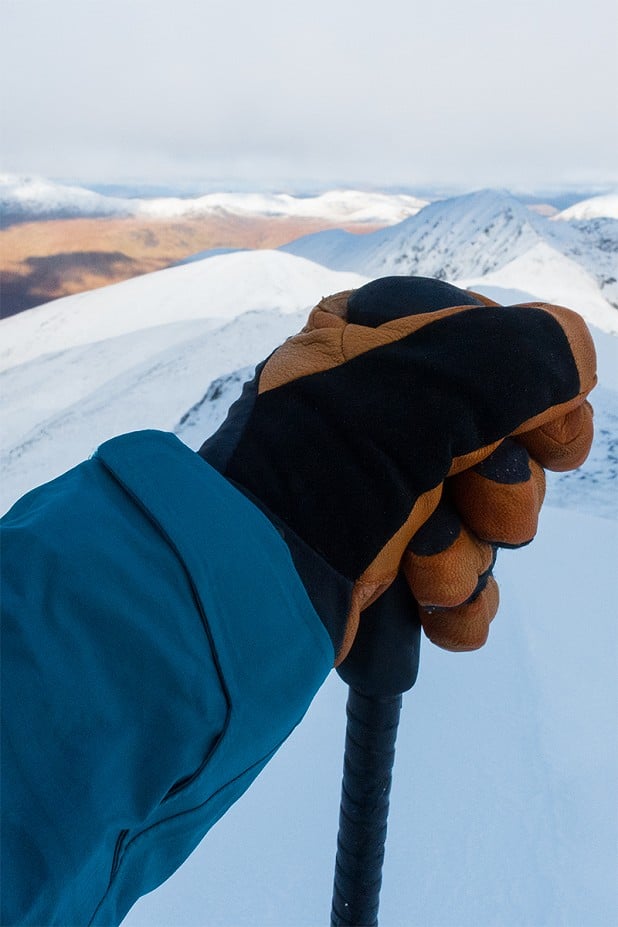
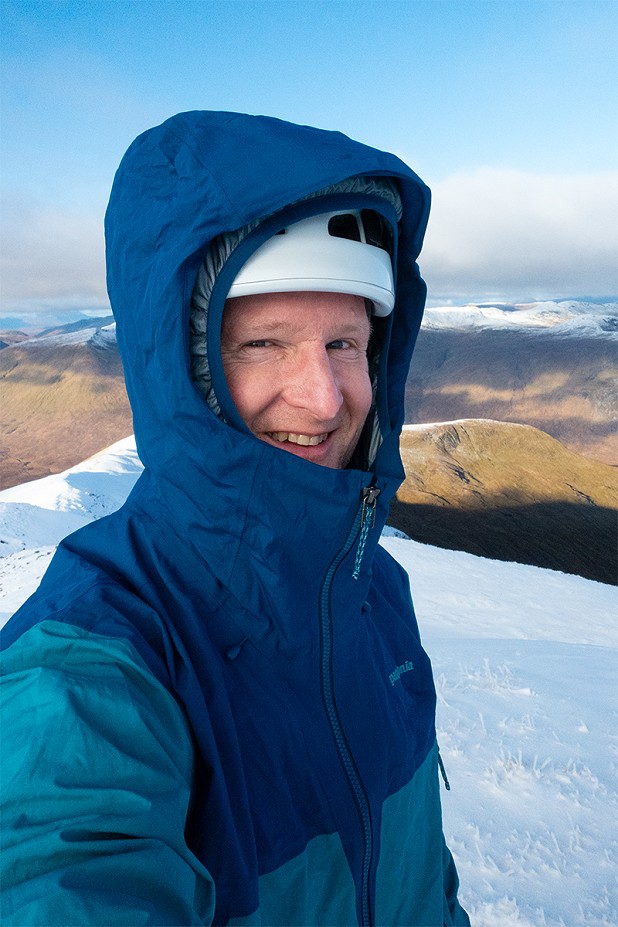
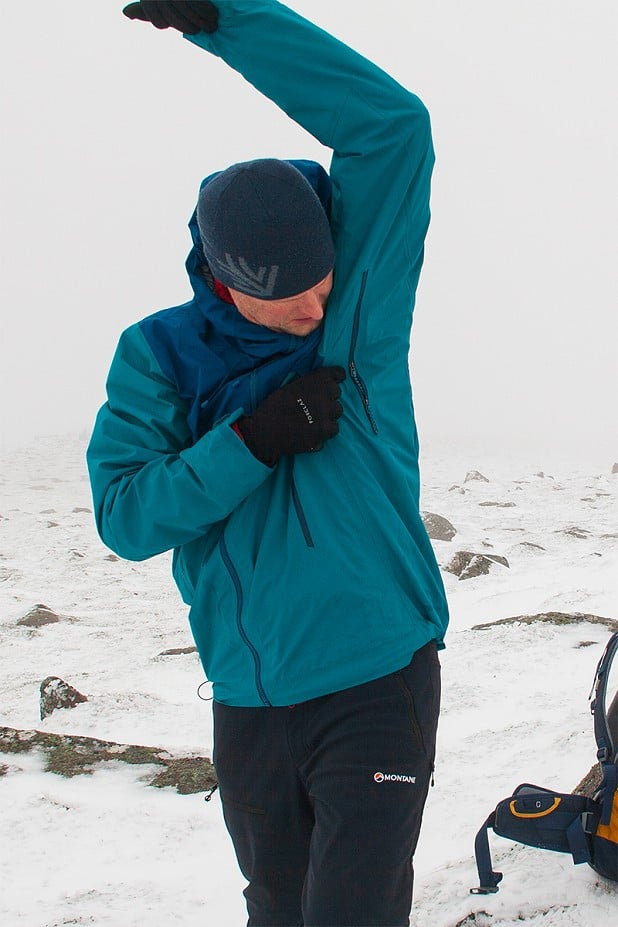
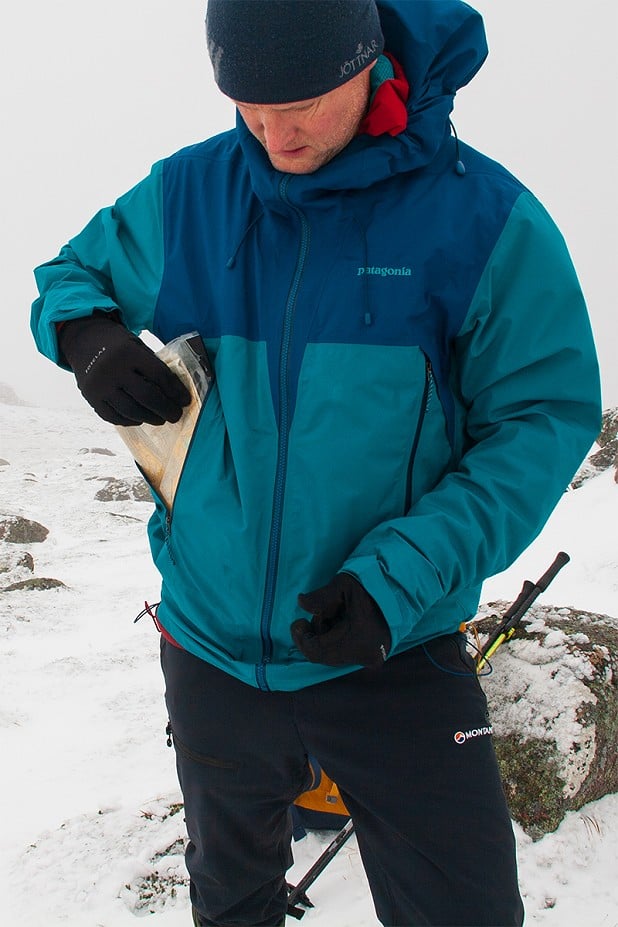
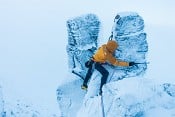


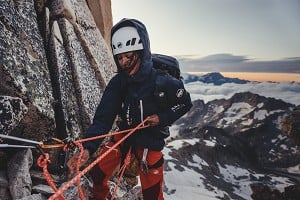
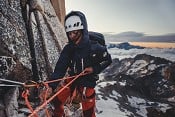


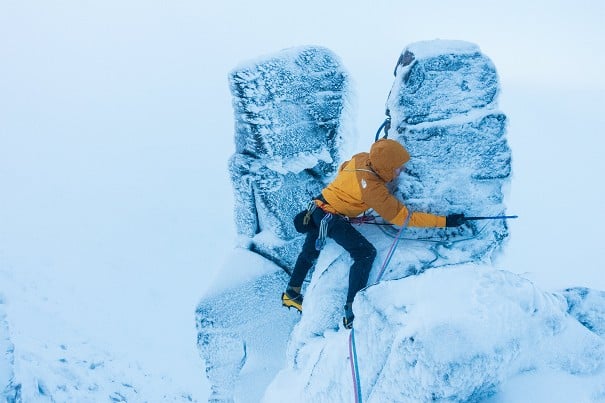
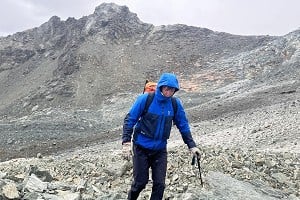
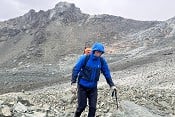
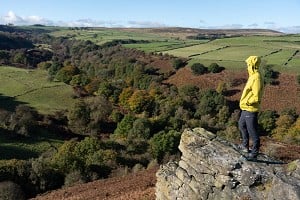

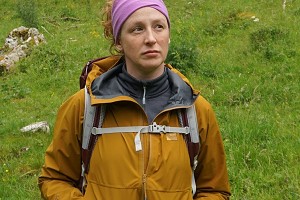

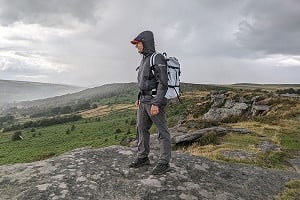



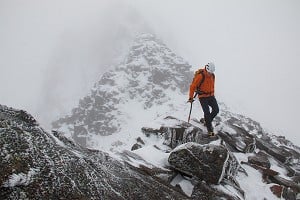

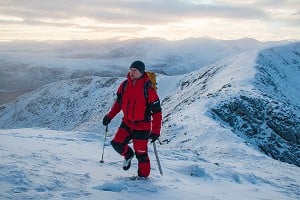

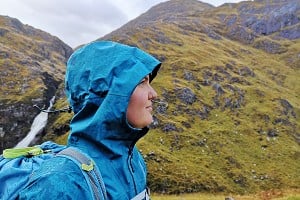
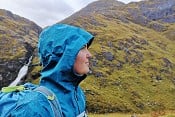



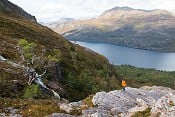





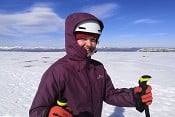




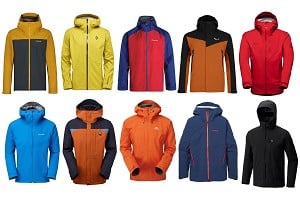
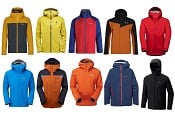
Comments